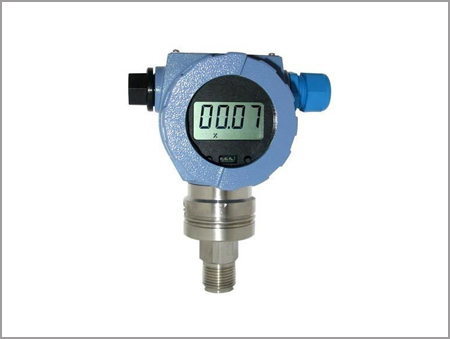Gauge Pressure Transmitter
Gauge Pressure Transmitter
Accurate pressure measurements are one of the important requirements in various process industries. There are different types of pressure measurement such as gauge, absolute, and differential pressure measurement. Of these, gauge or gage pressure measurement is performed using gauge pressure transmitters. These devices are designed to measure the pressure in relation to ambient atmospheric pressure. The output of a gauge pressure sensor will vary according to the atmosphere or at varying altitudes. At The Transmitter Shop (TTS), we provide a wide range of industry-leading Rosemount gauge pressure transmitters for various industrial applications.
Gauge Pressure Transmitter Working Principle
Gauge pressure transmitters are used in reference to the atmospheric pressure. If the gauge pressure is found to be higher than the outside pressure, then it is referred to as positive pressure. However, if the gauge pressure is lower than the atmospheric pressure, then it is known as negative pressure.
Gauge pressure transmitters feature a single pressure port. The transmitter may feature a measuring cell, seal diaphragm, and filling liquid. Ambient pressure is the main input variable, which is transferred to the pressure sensor through the seal diaphragm as well as the filling liquid. A gauge pressure transmitter allows ambient air pressure to be exposed to the negative side of the diaphragm. This enables an accurate measurement in reference to the ambient pressure.

